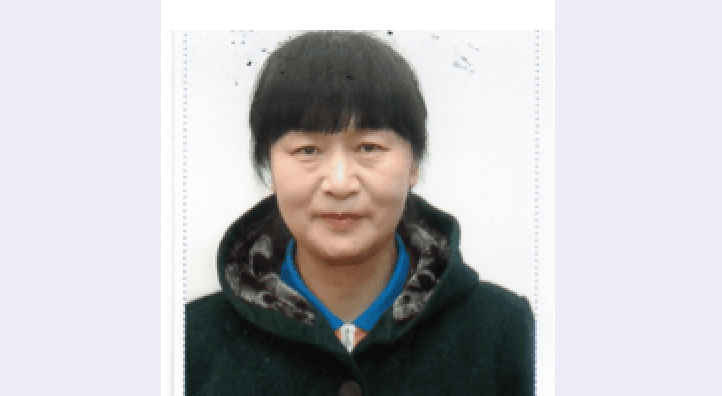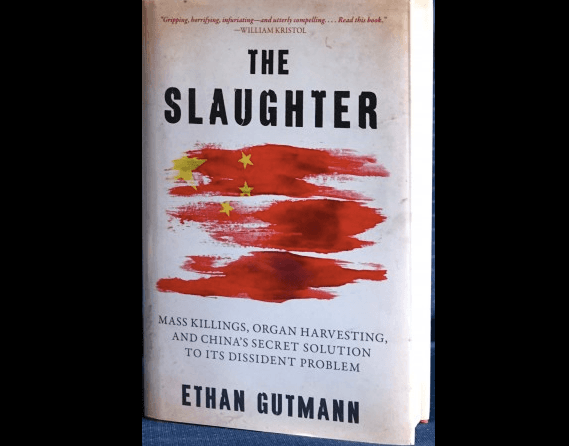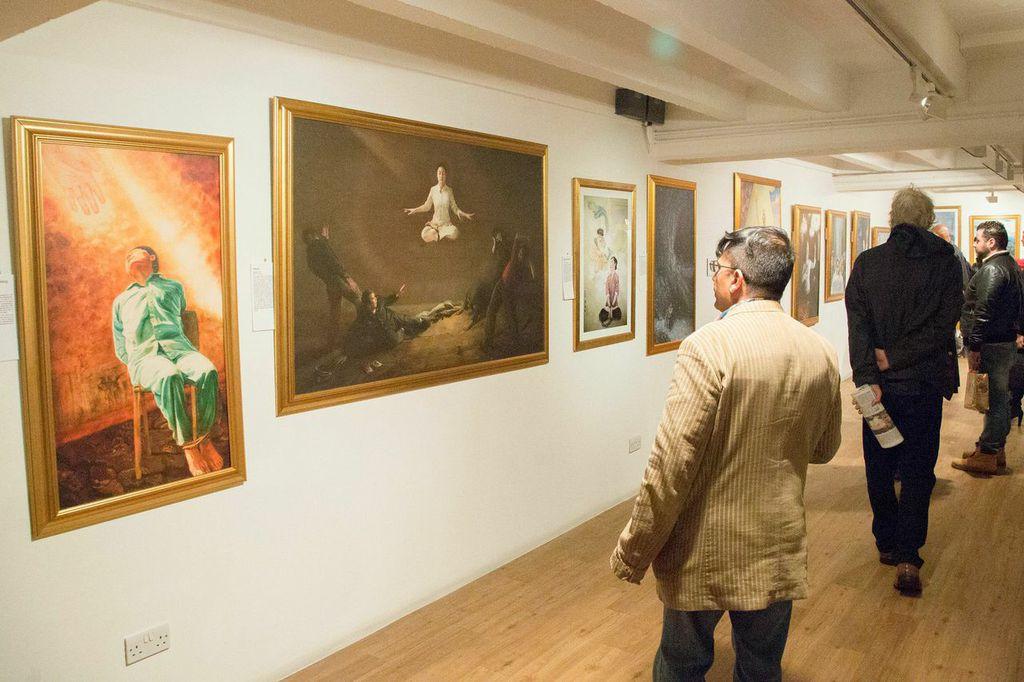Easy internet availability and next-day delivery have lifted legal highs to a prominent position in the dance and party culture despite concern that these chemicals are untested and unknown.
On Friday, the The Home Office moved another substance from the “legal” list to the “illegal” when it classified the “legal high” naphyrone, also called NRG1, as a Class B drug as part of an ongoing struggle to stem the availability and use of substances with “no known legitimate use”. The Advisory Council on the Misuse of Drugs (ACMD) has shown that naphyrone could be 10 times more potent than cocaine.
“Legal highs ... are quite sophisticated chemically and are intentionally designed to mimic the effects of illegal drugs. The important thing to say is that legal doesn’t mean safe,” types Andy on Andydrugscope chat on Site.org, one of the many sites set up by concerned authorities to inform people of the state of play with legal highs and other contemporary pastimes.
Legal highs are legal because they are sold under the pretext of being plant food or “not for human consumption”.
The clubbers and party-goers taking the legal highs (and other stimulants) have informal ways of sharing their experiences of the quality of the substances and their effects. There are many information-sharing outlets on the internet where they discuss differences between highs, safety issues and risks as well as chemical knowledge and the reliability of suppliers.
There is an array of videos on YouTube showing people during their drug-taking session. A lot are filmed as voyeuristic fun. There are many rants and also calm deliberations straight to camera.
YouTube has removed at least one set of videos. The poster, whose videos were filmed while taking a variety of drugs, complained, on another YouTube post, that he no longer had this information, which would be of value to others.
Many posts on YouTube, and elsewhere on the web, are given by qualified chemists.
Some experts say it is now impossible to know what you are taking because as soon as one compound is outlawed, another slightly different one takes its place.
Although the UK is one of the biggest consumers of these types of drugs, China is the main manufacturer. UK suppliers contact Chinese websites, which can modify chemicals to make recently banned drugs legal.
There have been deaths strongly linked to legal highs. The drug mephedrone (known as “meow meow”) was found in the bodies of young people who had died abnormally; although inquests could not find the drug directly responsible for the deaths. Often other drugs, including alcohol, and extreme physical exertion were also involved in the activities of the people in the hours before they died.
Such lack of direct causal relations produced a hiatus in the Advisory Council on the Misuse of Drugs (ACMD) just before mephedrone was raised to a Class B drug in April this year.
Dr Polly Taylor, an anaesthetist, resigned saying that independent scientific advice was being “subjected to a desire to please ministers or the mood of the day’s press”.
In November 2009, the then chairman of the ACDM, professor David Nutt, was sacked by the Home Secretary. Professor Nutt, while giving an academic lecture, stated his belief that the Home Office should not ban drugs until their dangers were proven.
Five other members of the ACDM resigned, three after consulting with the Home Office.
Behind the sacking and resignations is a dichotomy between rigorous scientific practice and a protective attitude towards a large group of young people.
The ACMD has therefore suggested a blanket ban on all chemicals similar to mephedrone and naphyrone.
Responding to the BBC investigation into the online mephedrone trade, the present chairman of the ACDM, Professor Les Iverson said: “At the moment we’re floundering. We haven’t got adequate mechanisms to combat the internet crime. And it is internet crime if you’re selling a banned substance.”
Drugs are classified under the Misuse of Drugs Act 1971. Heroin, methadone, cocaine, crack, Ecstasy, LSD, and amphetamines (speed) if injected, fall into Class A.
For possession you can receive a maximum seven-year prison sentence and a fine. For trafficking you can get life imprisonment plus a fine.
Class B drugs include amphetamines (speed) (not injected), barbiturates, cannabis, mephedrone, and now naphyrone.
The maximum penalty for possession of a Class B drug, if the case reaches Crown Court, is five years, plus a fine. For trafficking, the sentence can be up to 14 years, plus a fine.
Class C, the lowest class, includes mild amphetamines (such as slimming tablets), anabolic steroids, and benzodiazepine drugs such as Valium.
Maximum sentence for illegal possession is two years and five years for trafficking.



